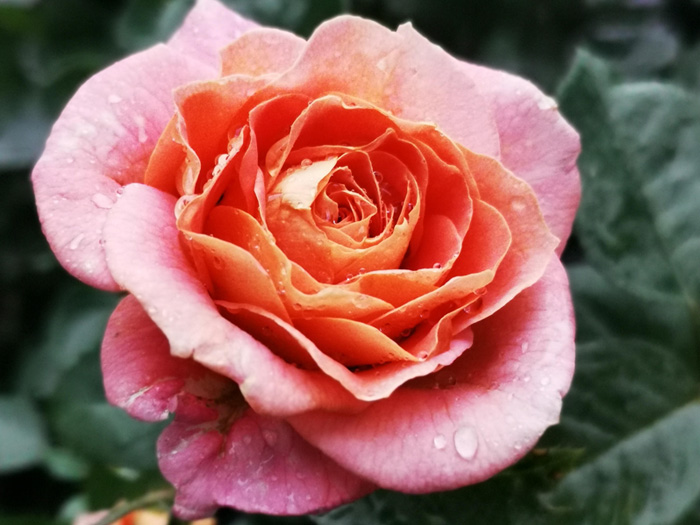Deeply Rooted
Beating the System – Part 3

We’ve made it! Here is my final blog on protecting your more delicate trees and shrubs… or at least until I think of more information and tricks you can use, ha-ha.
Let’s get into it!
Tree wraps are very useful in preventing bark cracking. Bark cracking is common in trees like silver maple, Autumn Blaze maple, fruiting apples, Linden’s, Amur cherry, and even Manchurian Ash. It is a hardness issue but based more on sunscald. Sunscald is caused by warm sunny spring days and cold spring nights. The crack is horizontal and almost always on the South or Southwest side of the tree exposed to the heat of the day. It’s basically reacting to hot cold expansion. Using a tree wrap is really a no-brainer as many young trees are susceptible to becoming lunch for rabbits when greens are scarce. Tree wraps will also prevent winter wind burn on the lower trunk. This is usually seen by dead patches of bark on the northwest side of the stem. I have used tree wraps up to six or seven feet high on sun exposed Autumn Blaze maples and it eliminated cracking. These types of trees also benefit from the branches starting around three feet instead of 6 or 7. This defuses the sunlight and gives part shade to the stem.
Another tip is not to fertilize a tender tree after the month of May. This is the same reason we don’t water heavily in the fall. Encouraging growth in late season does not allow the tree to be prepared for winter. One more after thought to growing beside buildings. Grapes are a good example of this. They benefit from extra summer heat units. We basically have a South Dakota summer on the south side of a building. The heat is quite intense, this helps a longer season plant get its full number of heat units. Of course, there’s the added benefit of having no Northwind.
These pointers can bring a tree into another hardiness Zone rating. Our zone is 2b if you’re exposed to open Prairie and up to 3b if you are very sheltered or in a larger City where there are a few extra heat units. Many people are not familiar with the Zone rating. Zone 2b is ‘-40 to 45 c. Zone 3B would be -30 to 35 c approximately. Wind chill Is a significant factor in all of this. It is unlikely that planting a tree past zone 4a, -25 to-30 c will ever survive or thrive here. We do tests zone 4a trees because there are those with genetic disposition to be slightly harder than the average.
Here is a summary of our growing tips for slightly less Hardy trees. Choose the hardiest source of the species desired. Use wind shelter from trees and buildings elevate and have well drained soil and minimize late season watering. Do only early season fertilizing and keep it light. Do not let your grass grow up to or very near the tree. And use tree wraps, they are basically cheap insurance! These are the tricks to use on trees I will just add a couple of extras on the shrub side because there are more options there.
Shrubs have the advantage of getting a lot of snow cover which is always a good thing if you’re looking at anything under 2 ft. This category would include roses, weigela, hydrangea, yew, and boxwood. Shoveling snow on plants like this early in the season helps insulate from hard January and February air temperatures. Particularly, Boxwood rarely survives above the snowline due to the sunshine and temps. This is all so where planting within solid fences helps. Winter sun protection is very valuable to evergreens. And natural snow cover often accumulates behind fences. We tend to err on the side of caution. I would personally rather have an easy-care Hardy Tree in something I have give extra effort to. In other words, better to have an average looking plant alive then a very good-looking plant that does.
It is this fine line and middle ground between completely Hardy and Marjorie Hardy where we can give effort and have good results. When it comes to having fall colours from the sugar Maples and red silver crosses or enjoying the massive hydrangea flowers, I am willing to put in the effort. Not everyone is, so pick your battles and enjoy your plants either way.




